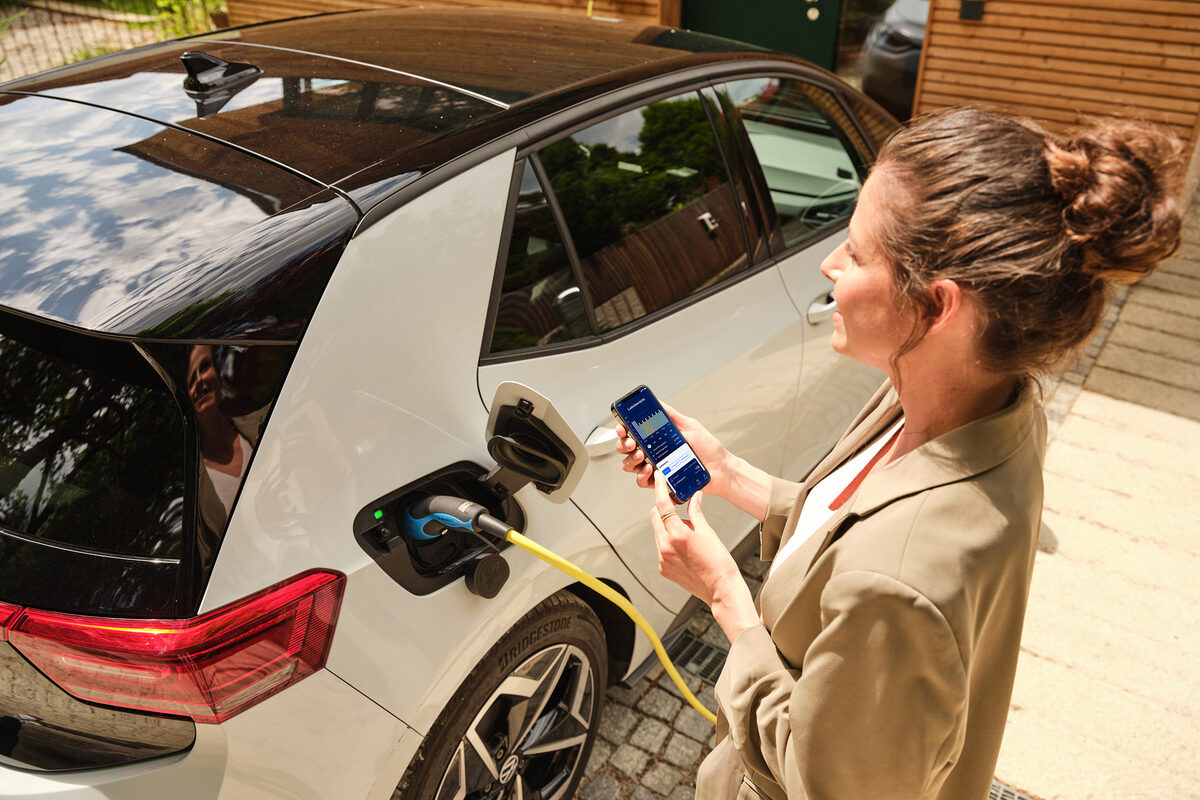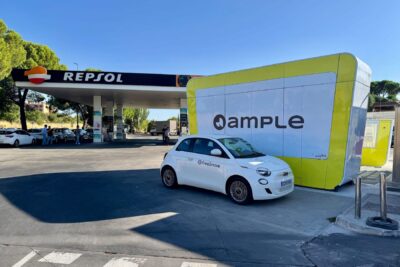RWTH analysis proves bidirectional charging has little impact on battery life
It is obvious that there is a lot of discussion about battery life and its state of health (SoH), as the battery is a very expensive component of an electric car. And the condition of the battery not only affects the use of the electric car itself, but also its residual value. Numerous studies and publications have therefore addressed this topic, such as a white paper by P3. The tenor of most publications is that with good battery and thermal management, electric car batteries generally last longer than expected, and even frequent fast charging is no longer a major stress factor.
But what happens when additional charging cycles are added to the normal charging processes for driving, because the electric car battery is used for vehicle-to-grid (V2G)? Does bidirectional charging affect the battery’s service life? The Mobility House Energy, a provider of intelligent and grid-friendly charging, and RWTH Aachen University have investigated these questions in a joint study. First of all, as a provider of bidirectional charging solutions, TMH naturally has an interest in bidirectional charging performing as well as possible.
For the study, The Mobility House and the ISEA Institute at RWTH Aachen University tested a “selection of representative automotive cells” in the laboratory in three different charging scenarios. These included cylindrical cells, pouch cells and prismatic cells; however, no further information is available on the exact cell models, cell chemistries or manufacturers. The study examined intelligent charging (referred to as V1G in the study), bidirectional charging (V2G) and immediate charging after connecting the vehicle/battery (Immediate Charging/IC). All charging processes took place at 11 kW. Empirical ageing models were also used to calculate calendar ageing and further cyclic ageing over a period of ten years.
Intelligent charging protects the battery
Intelligent charging (V1G) has ‘significantly’ improved battery ageing compared to immediate charging. After ten years, ageing is expected to be between 3.3 and 6.8 percentage points lower than with IC. Extrapolated to a reference battery with a capacity of just over 50 kWh, this corresponds to 1.8 to 3.6 kWh of energy content, which is then available. In other words, while immediate charging causes the battery to lose up to 18 per cent of its energy content over ten years, intelligent charging only causes a loss of twelve per cent. And extrapolated, this would result in a range of 292 kilometres instead of 274 kilometres, according to WLTP.
The study found that V2G has no positive effect on ageing, but only a minimal negative effect due to the additional charging cycles. According to the white paper, the additional ageing caused by V2G amounts to between 1.7 and 5.8 percentage points, between 0.9 and 3.1 kWh for the reference battery. This corresponds to a total capacity loss of 21 per cent instead of 18 per cent for direct charging, or 264 instead of 274 kilometres of range according to WLTP. In other words, the additional charging and discharging cycles have a measurable effect, but it is rather small. TMH and RWTH Aachen do not go into the background reasons for this. It could therefore be due to the fact that V2G scenarios do not usually involve complete charging cycles, and that intelligent, controlled charging slows down ageing.
Direct charging is described as ‘the worst alternative’ because this scenario leads to high ageing and grid load, and the battery is not monetised. And it is precisely this monetisation that is the central point for The Mobility House: With intelligent V1G charging, the financial added value is estimated at 3,000 euros over ten years, and the lowest battery ageing. With V2G, battery ageing is highest and the most range is lost over ten years, but 8,000 euros in financial added value can also be generated. According to the study, immediate charging generates no income and still results in relatively high battery degradation.
The experts also see room for improvement, as the study is explicitly intended to help make better use of the advantages of V2G in the future. “A sound understanding of the ageing processes makes it possible to design V2G services in such a way that they place as little strain on the battery as possible,” the white paper states. “When BMS and electricity marketers work in coordination, V2G operation is particularly gentle on the battery. This allows the limits of the battery to be better communicated and taken into account in trading.”
How transferable are the results?
While the results of the study sound quite plausible, a few factors need to be mentioned in order to put them into context. For example, the aforementioned white paper by P3 on the state of health of batteries showed significantly lower ageing rates than 12 to 21 per cent in some cases, although these were not laboratory tests with individual cells, but real data from vehicles on the road, often including fast charging, which puts a strain on the battery. This is precisely the point: laboratory tests with cells do not take into account the battery management systems used by car manufacturers, and this is precisely what determines the real durability of electric car batteries, as the software usually treats the batteries very gently.
It also remains unclear how exactly the three charging scenarios were implemented, which can have a huge impact on the final result, depending on the design. Immediate charging puts the most strain on the battery when it is fully charged immediately, and the vehicle is then parked for a long time with a 100 per cent charge level. However, the white paper does not indicate how easily implementable functions, such as limiting the charge level to a certain level, were taken into account for planned charging at a specific departure time. This does not really fall under the category of intelligent charging, but it does reduce the load on the grid and the battery if it is only charged in time for the planned departure.
If, for example, the battery is only charged immediately in everyday use, but only to a charge level of 60 per cent, the extrapolated ageing over ten years is likely to be slightly lower than the 18 per cent cited in the study, although this cannot be quantified precisely, of course. Only one thing is clear: regardless of whether you charge to a more conservative charge level or to 100 per cent, there is no financial added value of several thousand pounds with immediate charging.
Source: Info via email





1 Comment